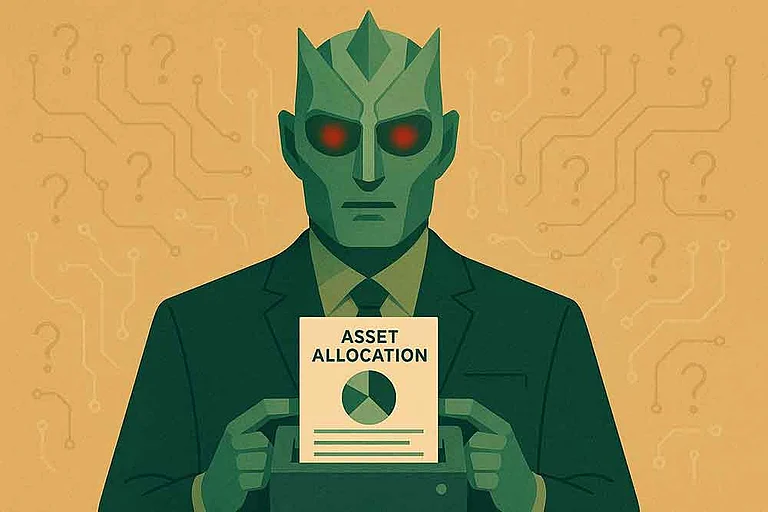Financial inclusion and financial development are considered to be crucial drivers to achieve sustainable development goals of eliminating poverty and reduce inequality.
Finance fuels capital formation, industrial expansion and credit-led consumption. But without environmental safeguards this growth model carries a risk of generating higher carbon emissions.
A recent paper by Saon Ray and Vasundhara Thakur of the Indian Council for Research on International Economic Relations (ICRIER), published in March 2025, confronts this contradiction directly. Examining the relationship between financial inclusion and carbon emissions in India between 1990 and 2018, the authors find that financial access is not automatically aligned with environmental goals. In fact, it may be working against them.
Watch the Money
According to the World Development Indicators, India’s per capita carbon emissions rose from 0.69 metric tonne in 1990 to 1.87 metric tonne in 2018. To explore the link between this rise and financial variables, Ray and Thakur employ four econometric models using the Autoregressive Distributed Lag (ARDL) bounds test, which captures both short- and long-term correlations. Stationarity of the time series data was confirmed using the Augmented Dickey-Fuller test.
In Models 1 and 2, the authors hypothesise that carbon emissions correlate with financial inclusion, represented by bank branches per capita and credit accounts per capita, alongside real GDP per capita and industry value added.
Models 3 and 4 examine how emissions correlate with the interaction terms between financial inclusion indicators and financial development (captured by domestic credit to the private sector).
The findings are striking. In Models 1 and 2, there is a statistically significant long-term correlation between financial inclusion and carbon emissions. A short-term correlation with bank credit is also observed.
However, in Models 3 and 4, the interaction terms—measuring the combined effect of inclusion and financial development—do not show statistically significant results over the long term. Meanwhile, GDP per capita and industry value added are consistently and significantly correlated with emissions across all models.
The takeaway is clear: while financial inclusion on its own correlates with higher emissions, its intersection with financial development does not yield a consistently measurable effect. This creates a policy paradox. Expanding access to finance can drive economic activity, but whether that activity is green or dirty depends on where the money flows.
Need for a Nudge
The Ray-Thakur paper underscores a critical distinction: financial inclusion is not inherently sustainable. It creates the capacity to spend, borrow and invest, but not necessarily toward low-carbon ends.
Today, the same financial systems can also finance green solutions. Households and businesses can be guided toward energy-efficient choices through digital tools, incentives and access to green loans. But this shift will not happen on its own. Banks, by nature, prefer lending to sectors with predictable returns. Green enterprises don’t always meet that threshold.
Unless policymakers step in to recalibrate incentives and de-risk green lending, India may continue to finance growth that undercuts its climate goals. The authors argue that banks need nudging through policy frameworks and financial innovation to support climate-aligned lending practices. India’s challenge now is not just to deepen financial access, but to direct it intentionally, and urgently towards a low-carbon future.
The writer is professor of practice, IQ City United World School of Business, Kolkata











